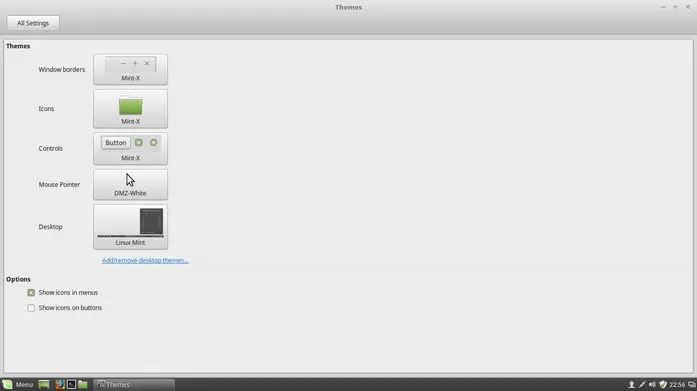Linux Mint Debian Edition A Spinoff To The Main Edition
Table of Contents
Linux Mint Debian Edition(or LMDE) is a Linux distro which is based on Debian. The main edition of Linux Mint is based on Ubuntu which itself is based on Debian. Debian is one of the oldest and most stable Linux distros out there but it’s made for general use and is not recommended for complete newbies to Linux. So Ubuntu takes the Debian code and forks it for ease of access and the main Linux Mint distro takes the Ubuntu code and tries to make it more polished and very beginner-friendly. The LMDE skips the Ubuntu part and directly uses the Debian code.

Getting Started With Linux Mint Debian Edition

When you boot up for the first time, you’ll be greeted with Linux Mint welcome screen. One interesting thing to note is that the welcome screen in LMDE contains more options than the main one. You’ll find the usual Linux Mint layout without many changes, so traditional Mint users will find them right at home.
Interface

The Cinnamon desktop is a personal favorite of mine and I really like the way it works. It’s like the perfect balance between modern features and traditional desktop experience instead of focusing solely on a unified UI between desktops and smartphones. What I didn’t like about it though was the lack of the new Mint Y themes. The Mint Y themes follow a flat, more modern design approach and look really cool especially on newer monitors and they’re available on the main version but not here. No true dark themes are available either.
Performance

One thing that fascinated me about the LMDE is how fast it is. Even running in VirtualBox after a full install, it was consuming around 400-410MB RAM which is quite an improvement as the main Mint consumes closer to 600MB, I guess skipping the Ubuntu code freed up much of the resources that were consumed because Ubuntu isn’t exactly a light distro.
Software

LMDE comes preloaded with the usual Mint bundle of applications like Firefox for browsing the web, Nemo for file managing, a bunch of forked apps for Mint Cinnamon called X Apps and so on. One thing to note is that the stock applications that you get on your first install are very outdated as LMDE was released way back in 2015. You’ll find more software in the Application Manager which is similar to the usual Mint one. It’s simple, fast and easy to use without any bloat.
Updates

The update manager of LMDE is identical to that of the main one. I expected it to show all updates by default since it’s a more advanced version than the main one but it doesn’t and instead follows the same pattern of asking for the level of Updates you want. Once you update the system after a stock install, most of the default applications get updated to their latest versions so it’s kinda a relief.

Linux Mint Installation

Installing LMDE is a bit different from the usual Mint one but not it’s not hard. There’s also a live testing option available where you can check the OS without installing it into your hard drive. The ISO for LMDE can be found here. It is available only in Cinnamon and MATE editions, the KDE and XFCE editions are not there. In this review, I’ll be using the Cinnamon edition. After you download the ISO, just follow the onscreen instructions which are very easy to follow.
Conclusion
LMDE is a pretty good Linux distro which is both lighter and faster than the main one. But it is suitable for little experienced users. Like you start with the main Linux Mint and run it for a month or two and then upgrade to the LMDE. I’m very inclined to run it as my main system but will wait until the next version based on the upcoming new edition of Debian arrives. If you’ve any suggestions/queries related to the article, let me know in the comments below. You can also check my review of the latest version of the main Linux Mint, 18.1 Serena here.
LinuxAndUbuntu Newsletter
Join the newsletter to receive the latest updates in your inbox.



